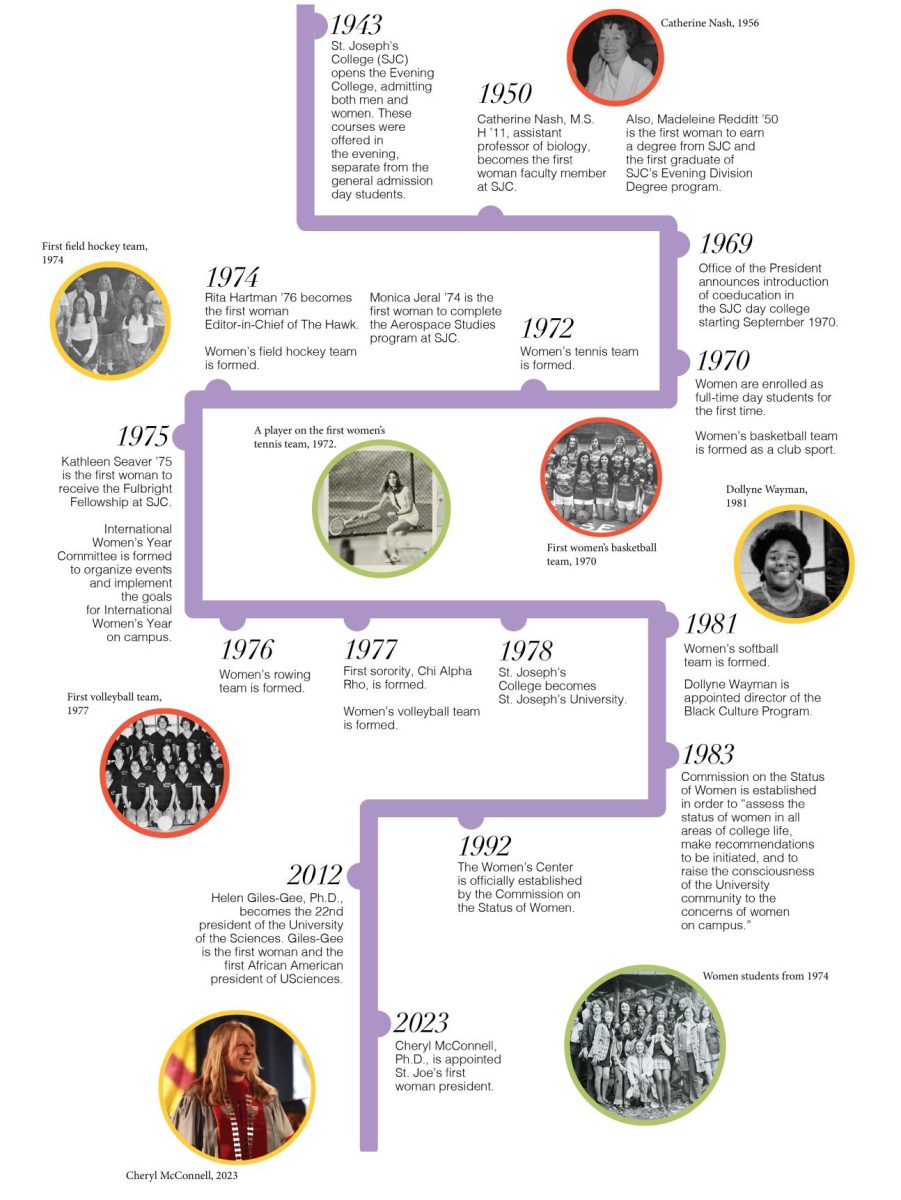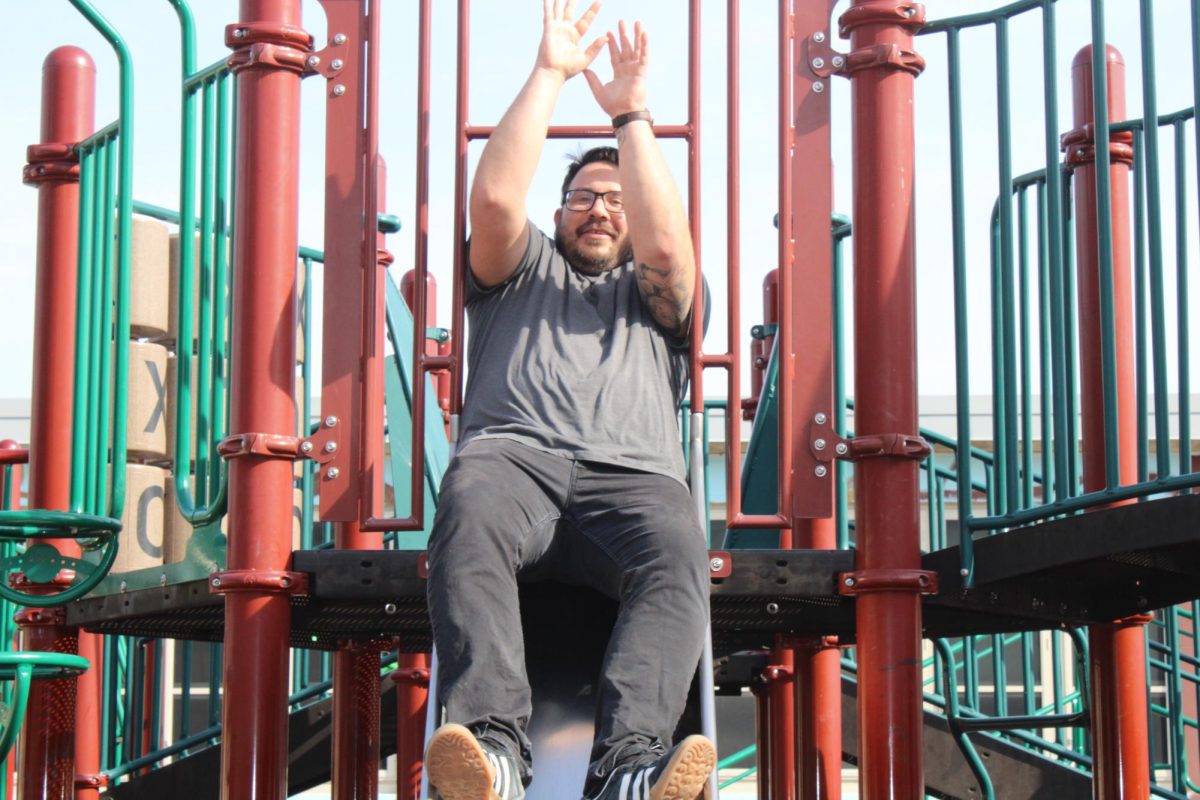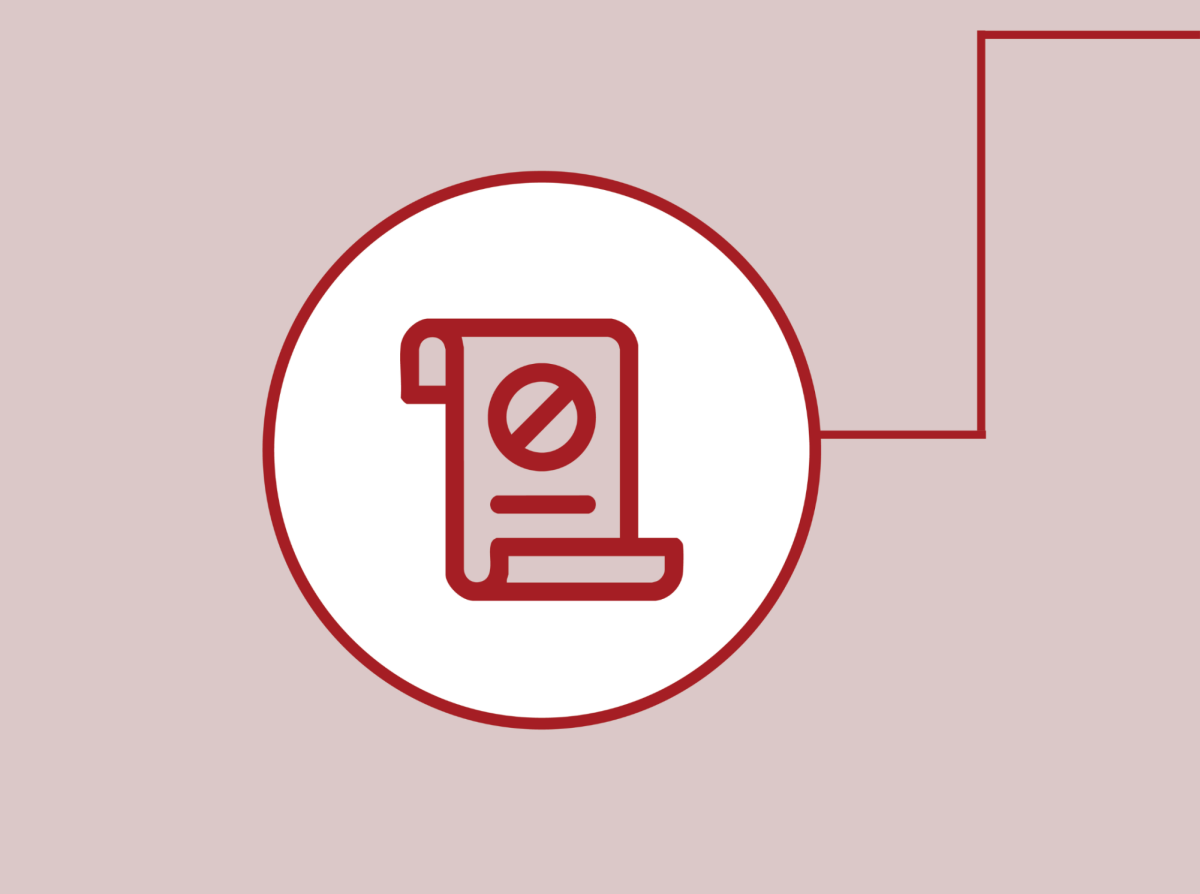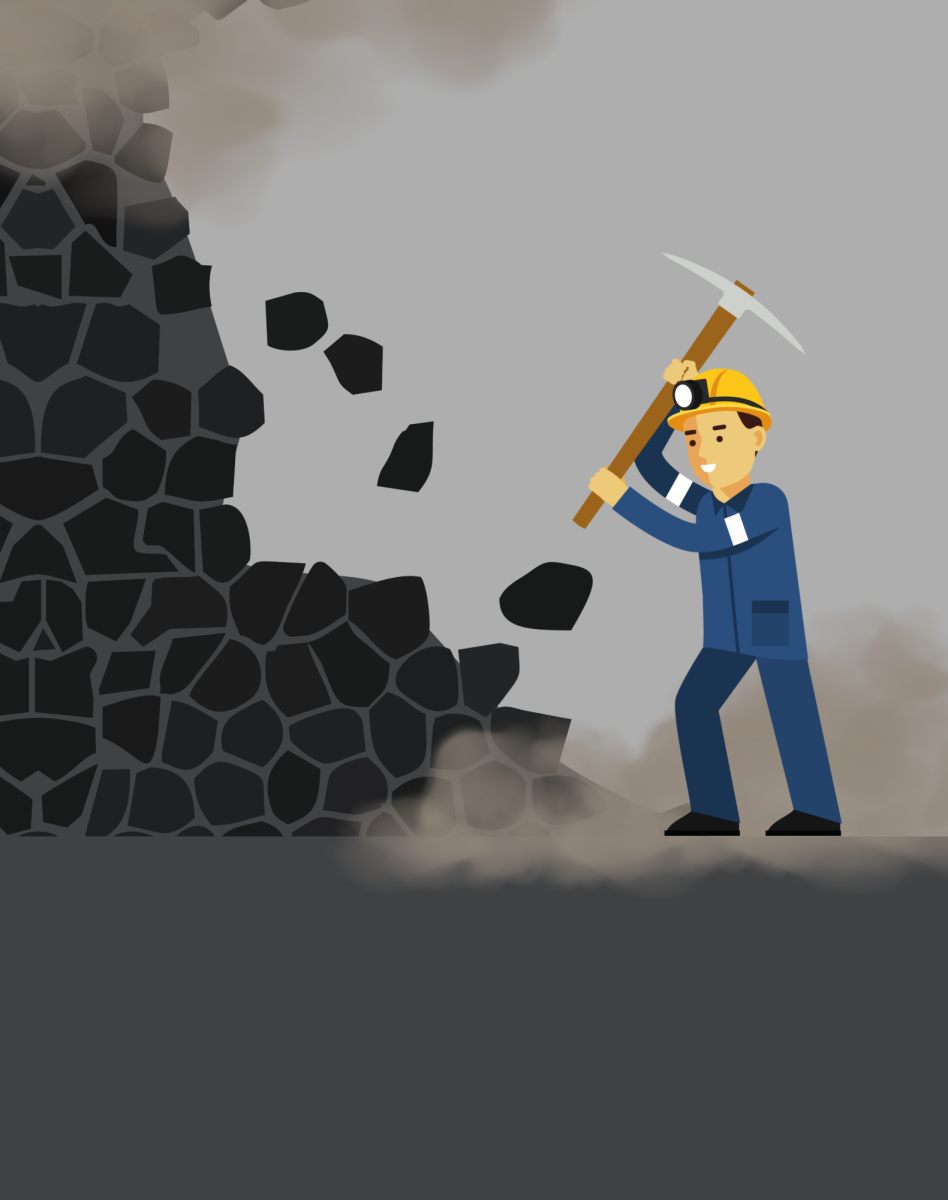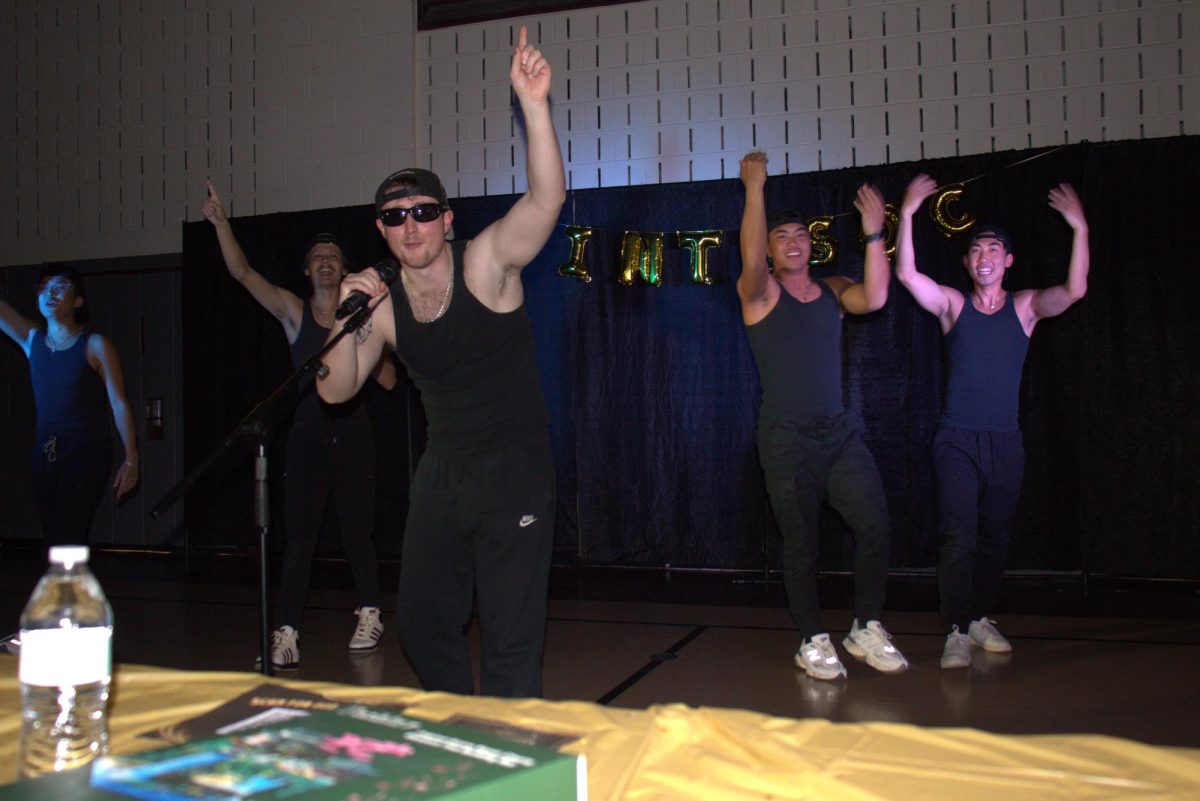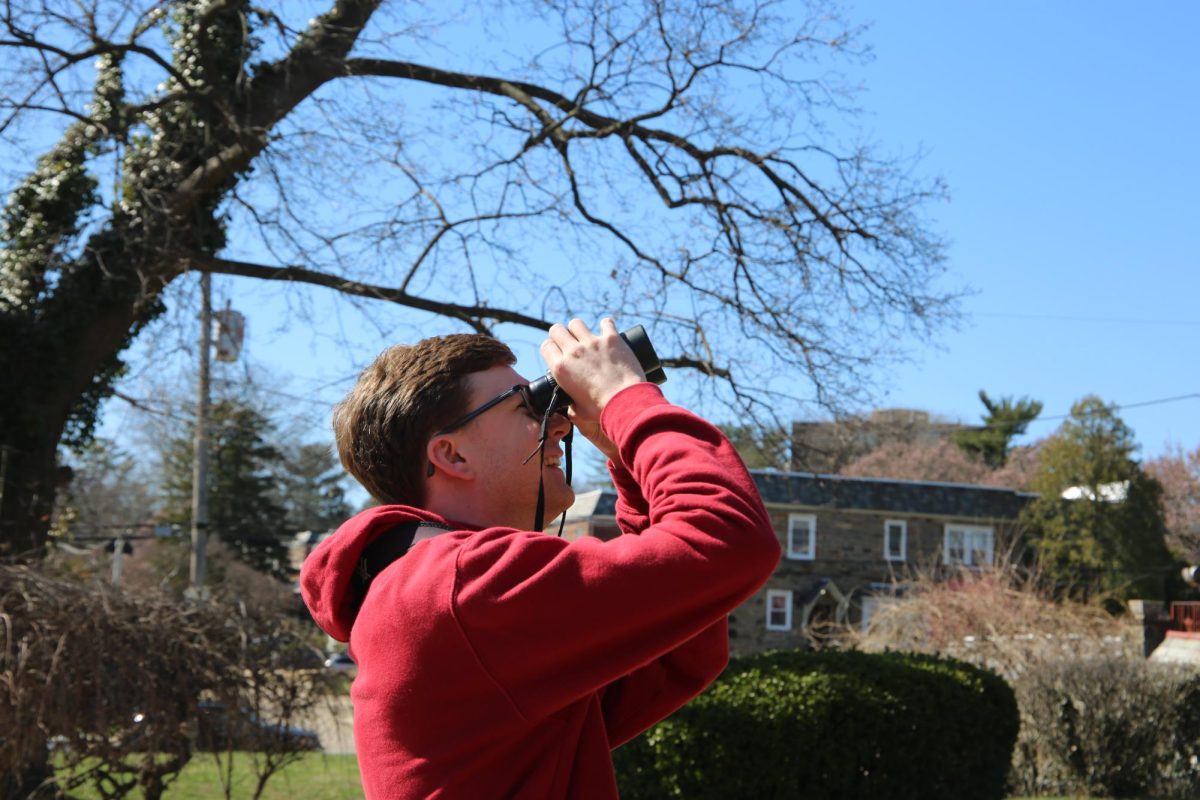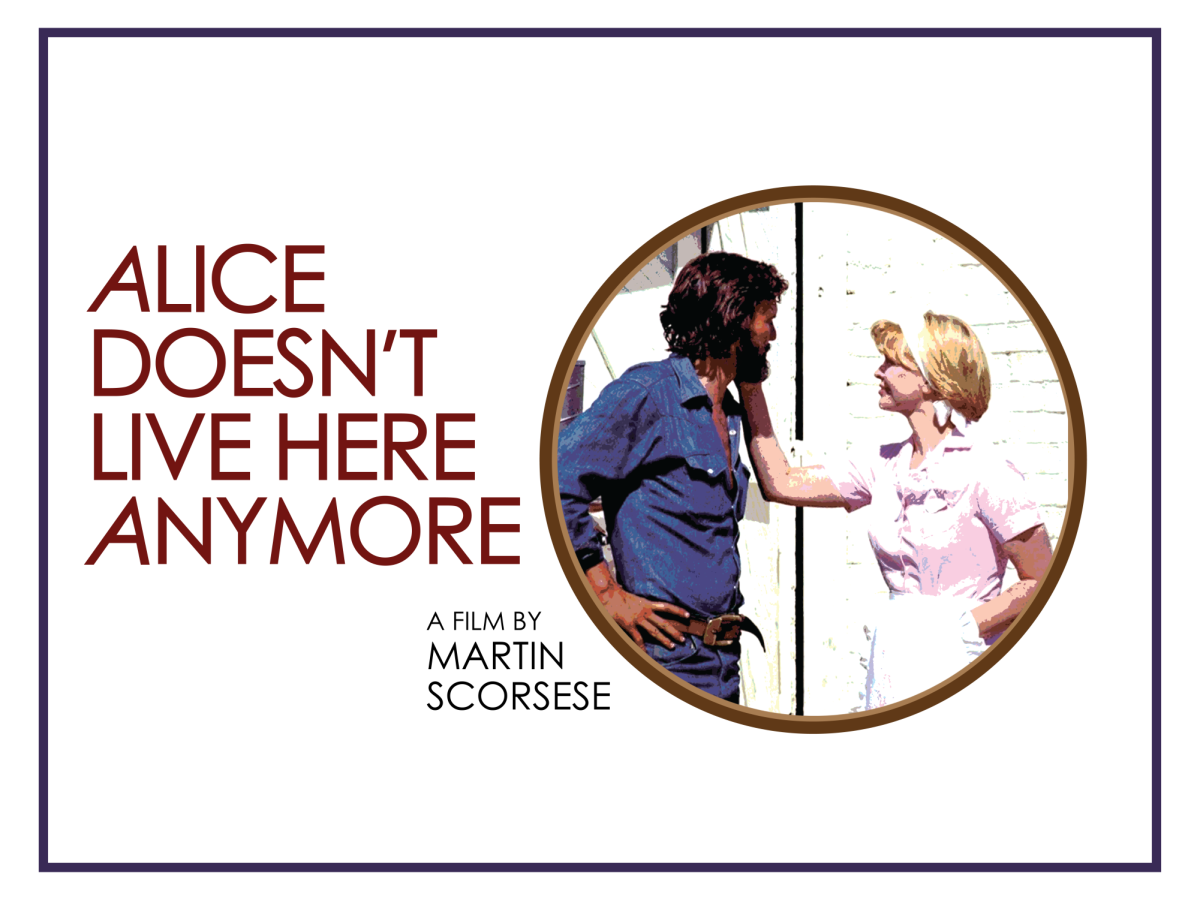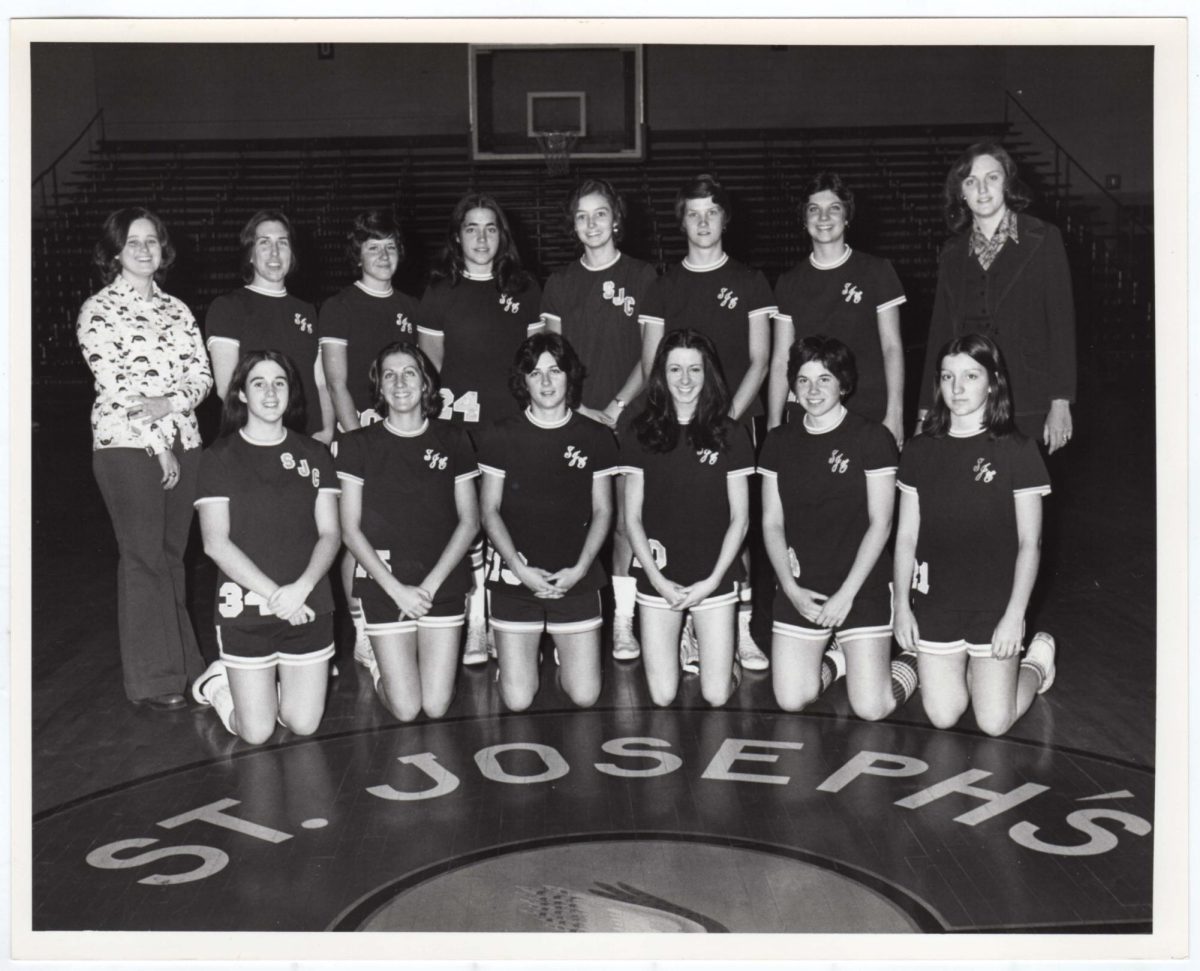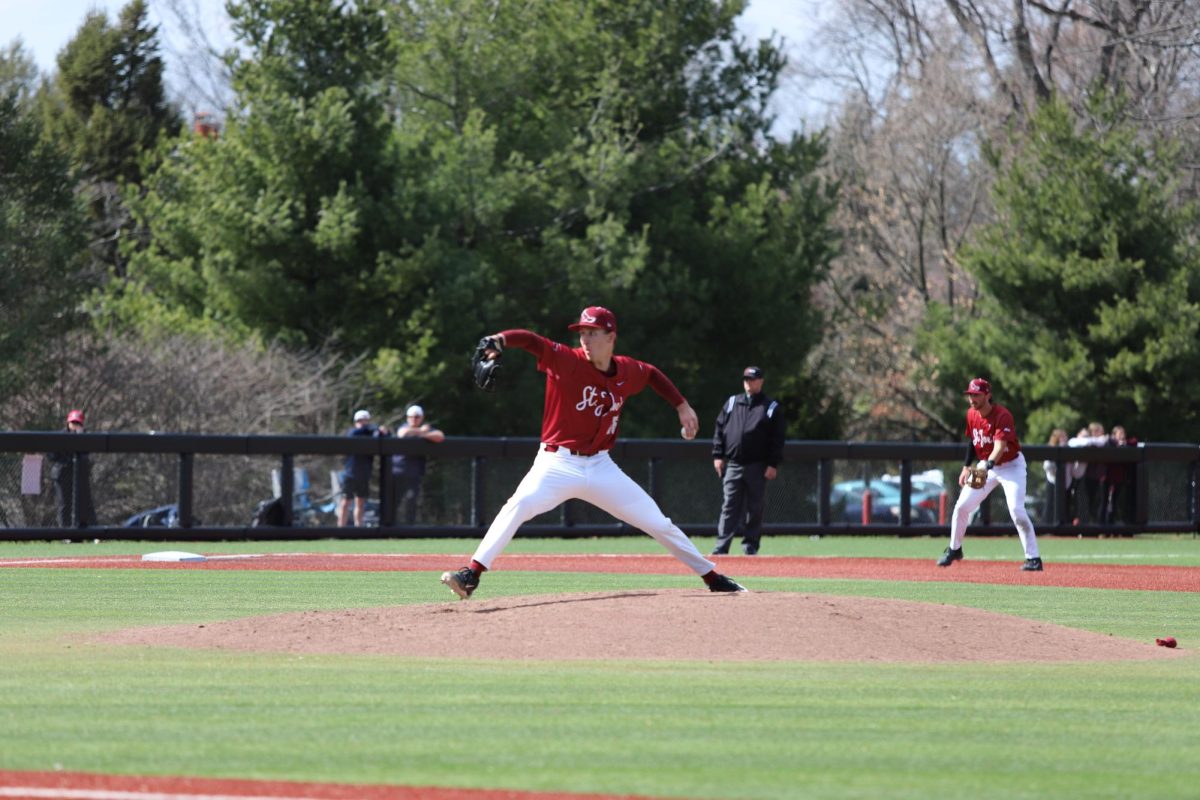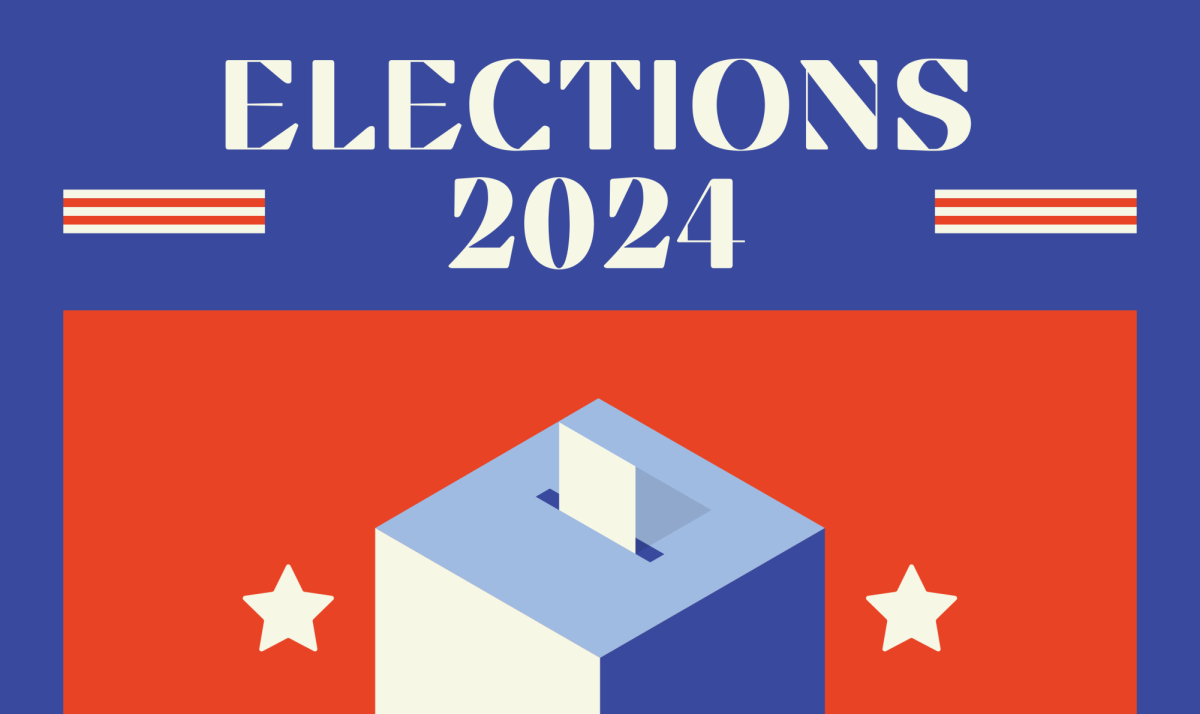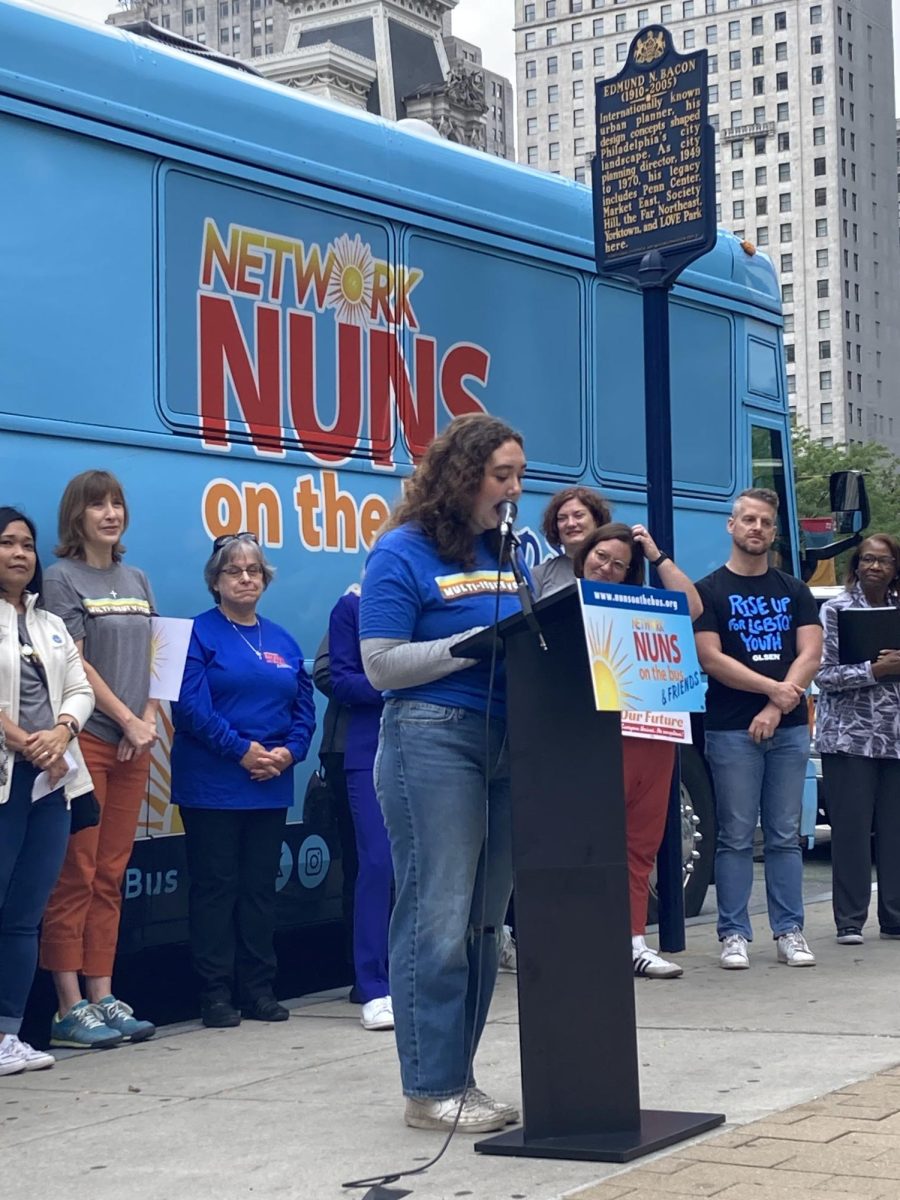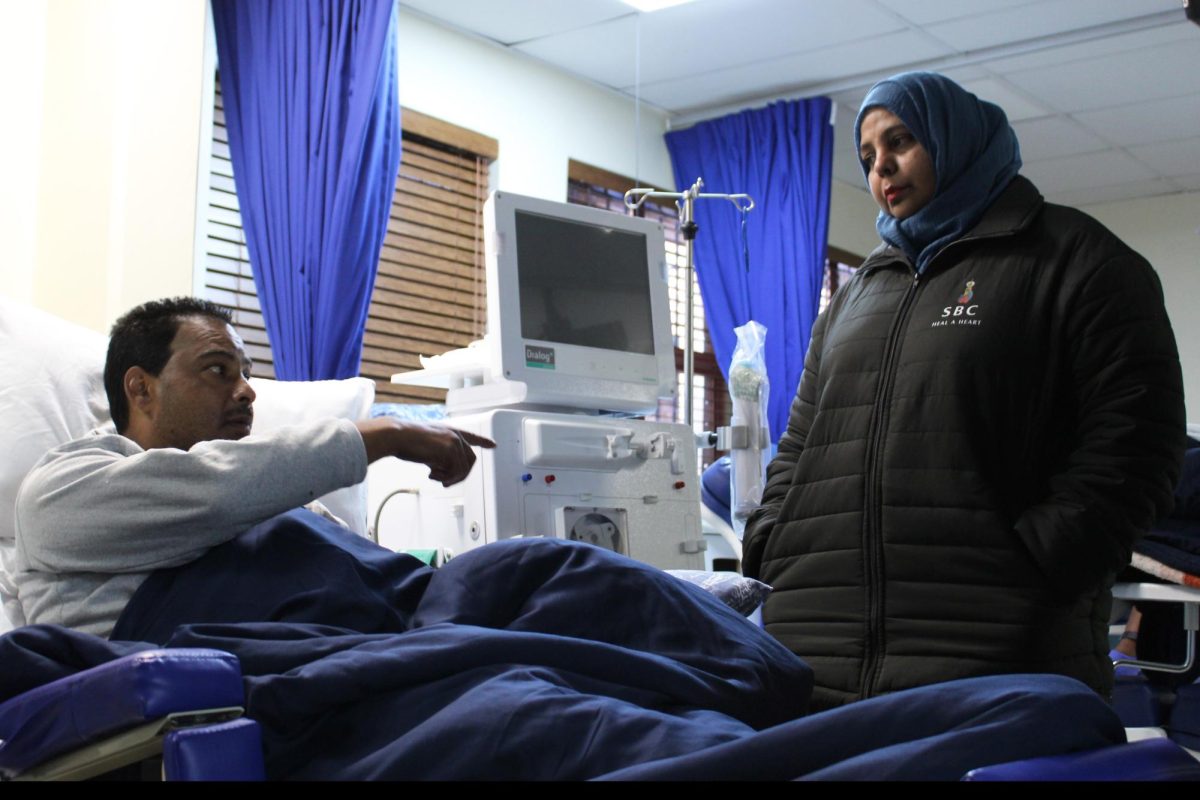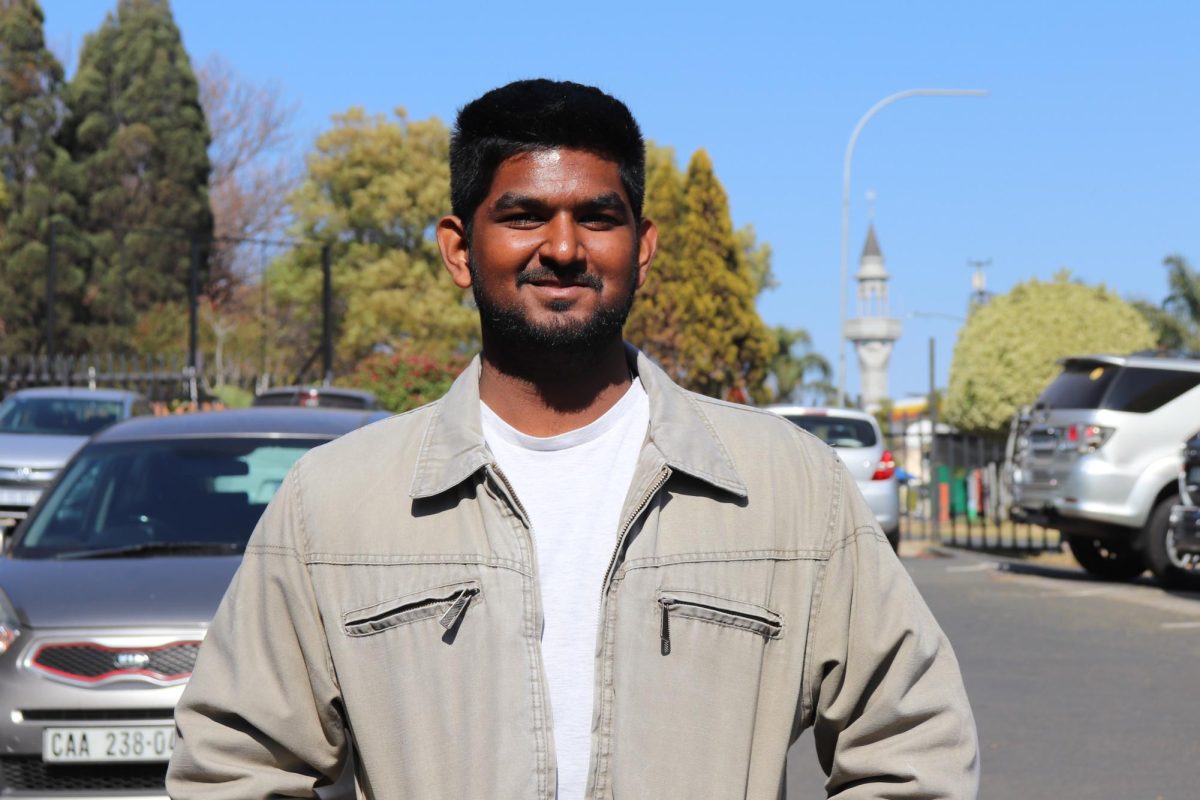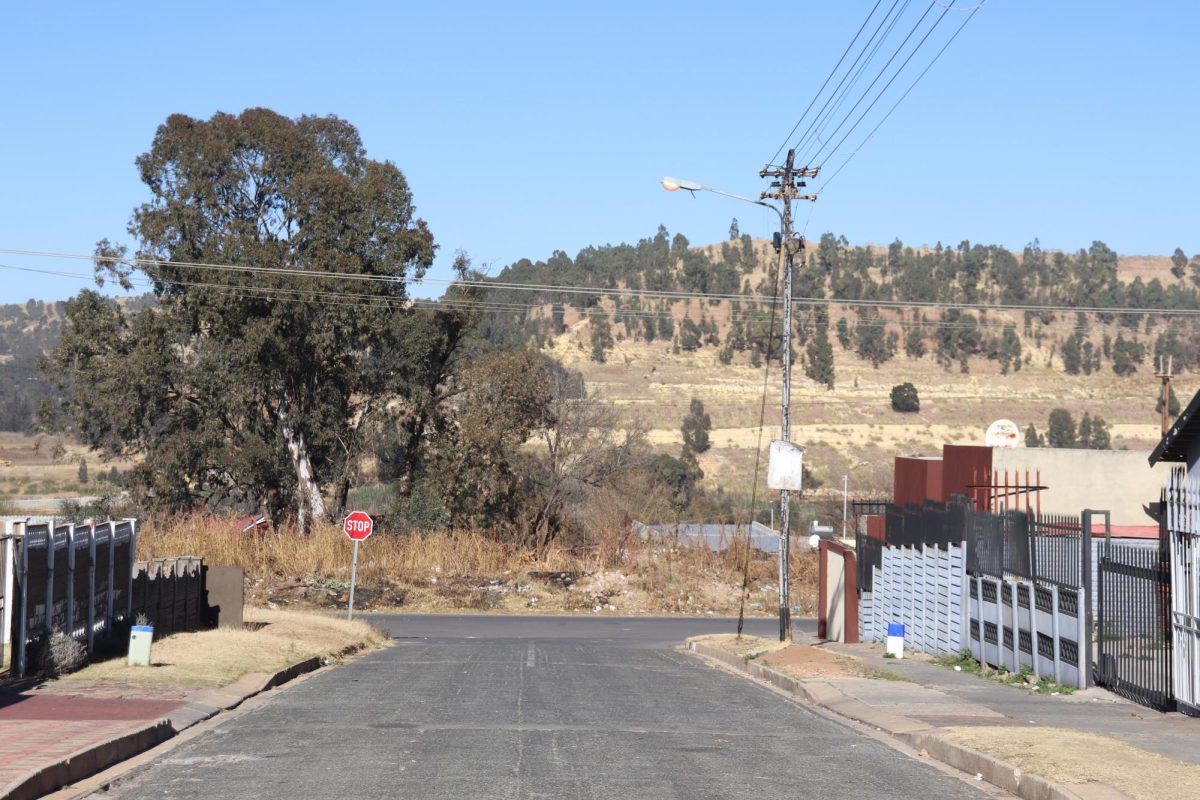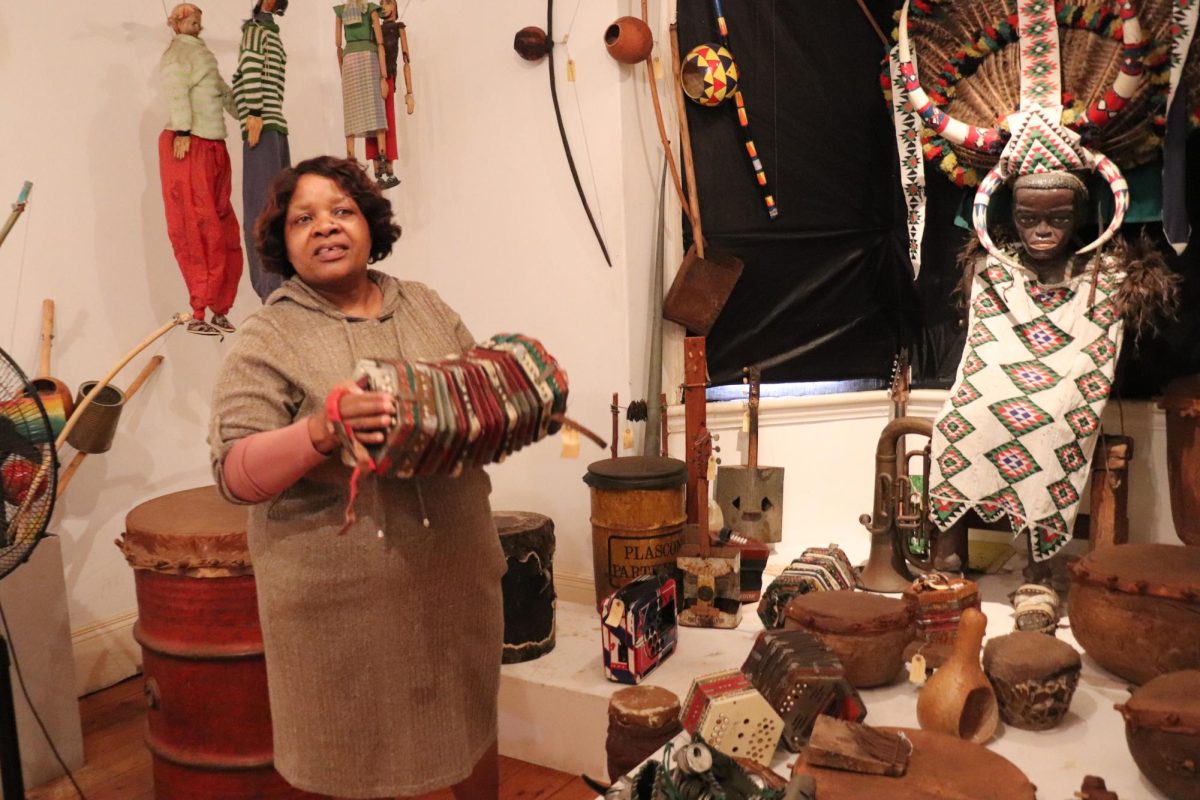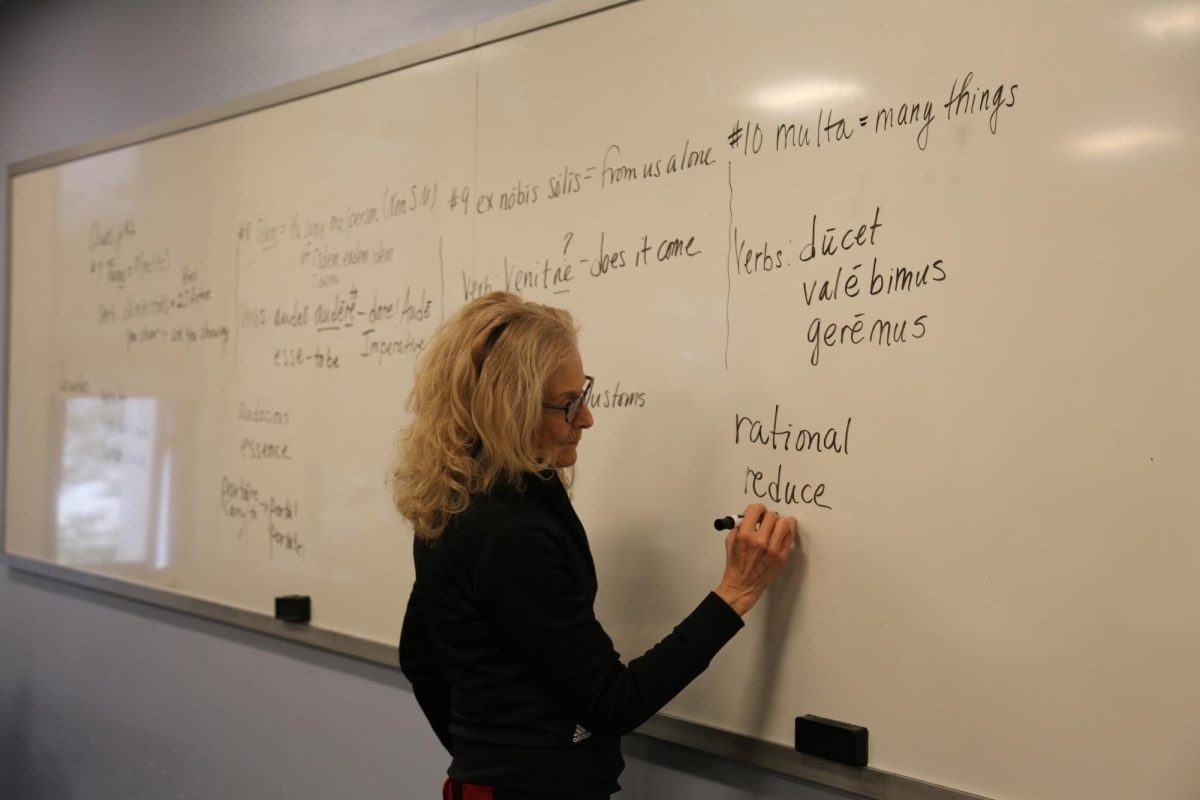CFPA event discusses the future of nuclear disarmament
The Coalition for Peace Action (CFPA) chapter at Saint Joseph’s University held a panel about the hazards of nuclear weapons and energy on April 5 in the Perch.
The “Nukes and Nuggets” panel included insights from Frank von Hippel, Ph.D., former assistant director of National Security in the White House Office of Science and Technology and assistant Science Advisor to during the Clinton administration; Zia Mian, Ph.D., renowned nuclear physicist; and Edward Aguilar, the Project Director of the CFPA.
“Our goal as a chapter is to create conscious global citizens, particularly in an age where students aren’t thinking about these issues,” said Liz Mitchell, ’19, president of CFPA at St. Joe’s. “Not one of us grew up in the 1970s. We don’t think [nuclear weapons are] a big deal. So, the idea was to draw attention to its effects.”
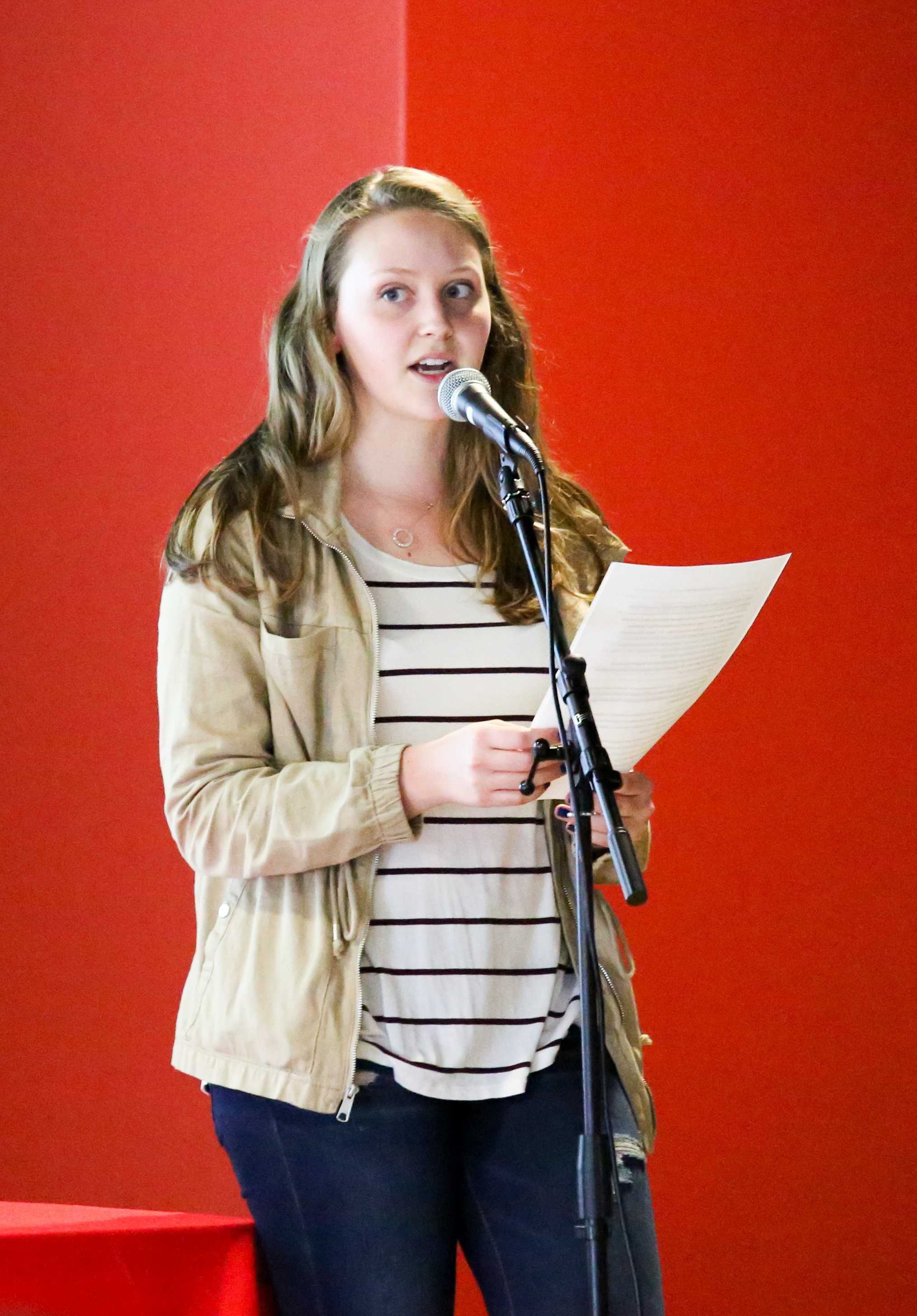
There are currently nine nuclear weapons states in the world, with the United States and Russia in possession of 90 percent of all nuclear warheads, according to a report from the Arms Control Association in January 2017.
Due to the reduced costs and ease to manufacture nuclear warheads, Mian predicts that there will be a rise in production in developing countries such as India, Indonesia and Pakistan.
This increase in weapons only raises tensions and puts countries on the defensive.
“The concern is, the likelihood of an accidental nuclear war is much more likely than a deliberate attack,” von Hippel said.
Just one warhead can cause enough damage to spur a global crisis, resulting in horrific loss of lives and shortages in the food supply, according to von Hippel.
Mian retraced the history of the fight for nuclear disarmament from the protests of the 1970s and 1980s, to the Russell-Einstein manifesto of 1955, to the United Nations (U.N.) General Assembly of 1946.
“Of all the problems facing the U.N. after World War II, which killed tens of thousands of people, the U.N. claimed the most challenging problem that needed to be tackled was nuclear weaponization,” Mian said. “The U.S. was the only country at the time to have them. So, all the U.S. had to do was say ‘yes’. But, we said ‘no.’ Now we are in the midst of a nuclear arms race.”
However, history could be reversed as the U.N. began negotiations on March 27 on a proposed international law to indefinitely ban nuclear weapons, including the production, stockpiling, transfer, financial assistance and encouragement of them.
“We have a once in a lifetime opportunity to get it right in terms of nuclear disarmament,” Mian said, who was present at the negotiations. “If we don’t get rid of nukes, nuclear modernization happens and we train a new generation of scientists to think of nukes as cool. Then we add another 50, 60, 70 years on. So right now, we are in the window of a historical moment.”
The problem not only includes nuclear weapons, as so-called “safe” nuclear energy presents just as much of a threat, according to Aguilar.
The Fukushima Daiichi nuclear disaster of 2011 is a case in point. To decrease costs, the plant was allowed to cut corners by overpacking nuclear containment pods and not leaving the recommended distance of 70 to 80 km for the evacuation zone.
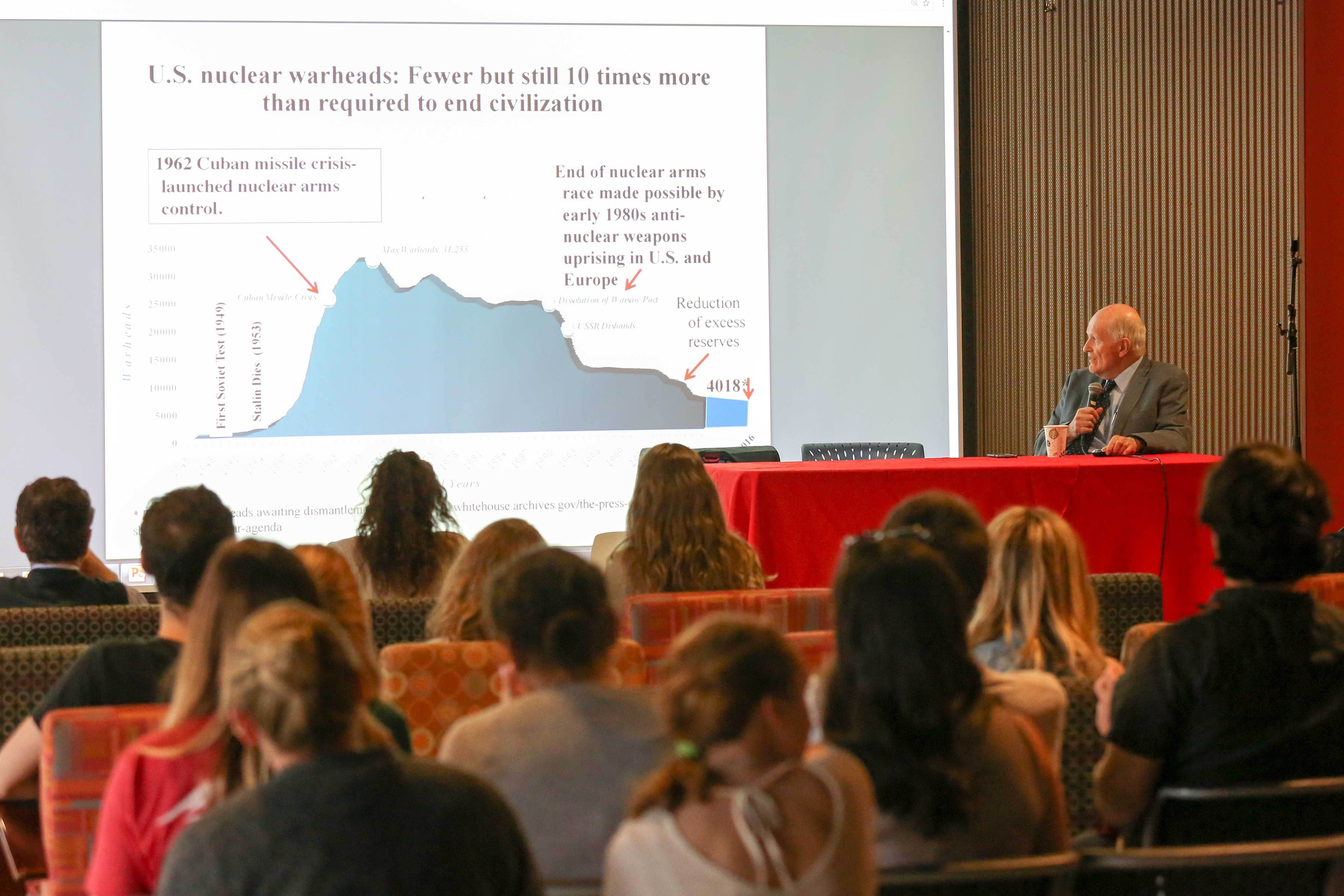
The result was the leakage of the damaging radioactive substance Cesium 137, which has a half-life of 30 years. Consequently, the Japanese people are still dealing with the repercussions of the nuclear fallout.
“Fukushima could have been prevented, but the government was too close to the nuclear agencies,” Aguilar said. “And unfortunately, this is the case in the U.S. today.”
Aguilar stated that if a disaster like Fukushima happened at Peach Bottom Nuclear Generating Station in York County, Pa., the entire area past Peach Bottom across to Philadelphia would be in the range of high content levels and would need to be evacuated.
Additionally, the effects would reach across the entire state of New Jersey, down to Delaware and Maryland, and farthest north to New York and Connecticut. In total, the number of residents that would need to be evacuated would be equivalent to the number of people affected by the Syrian refugee crisis. Aguilar believes the U.S. is in no way prepared to deal with this.
All three panelists agreed that student activism is crucial. A believer in direct action, Aguilar had audience members take out their phones and add Pennsylvania Governor Tom Wolf’s number to their contacts. He encouraged students to call and leave the following message:
“Governor, please don’t risk our health and safety. Stop the dense packing of nuclear fuels in the state of Pennsylvania.”
As a participant in the 1982 Anti-Nuclear March in New York City, von Hippel is encouraged by the current upsurge in citizen activism in the country.
“I hope this activism will inspire some subset of people, maybe even some of you, to take up this issue and organize,” he said.
Overall, advocating for social justice is at the heart of CFPA’s mission.
“The goal is to get students involved while they’re in the private sector so they can eventually take it to the public sector and promote it in their future endeavors,” Mitchell said. “Throughout human history, these [biological, chemical, and nuclear weapons] adversely affect the poorer populations and less rich countries. The Jesuit mission teaches us time and time again to help our neighbors. And with global citizenship, everyone is our neighbor.”

